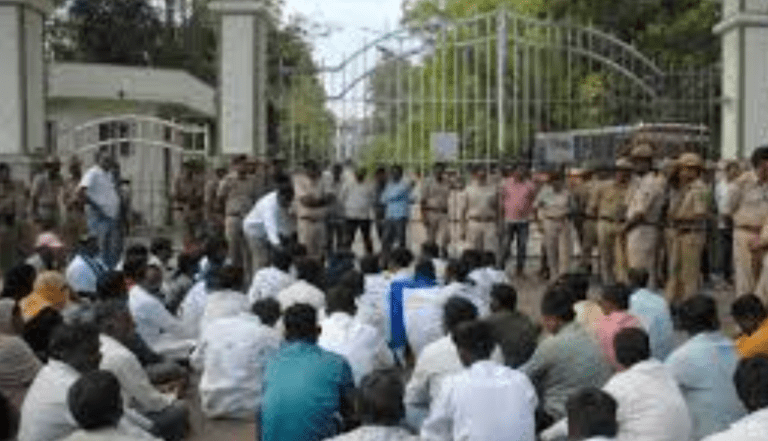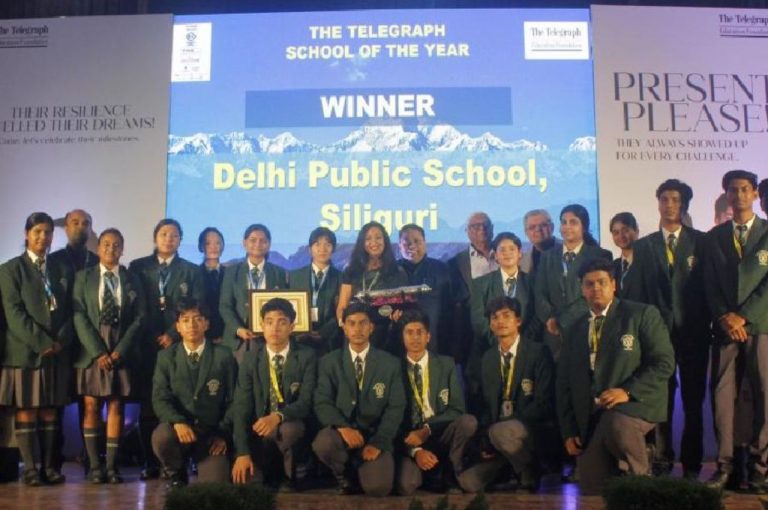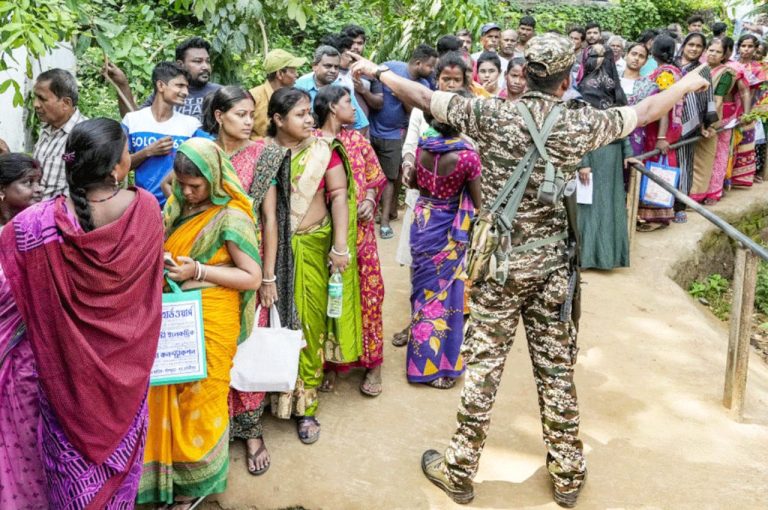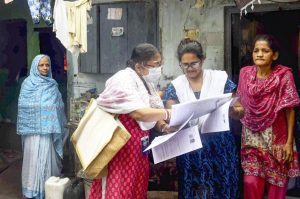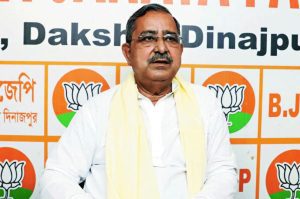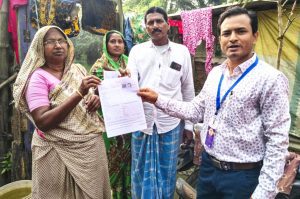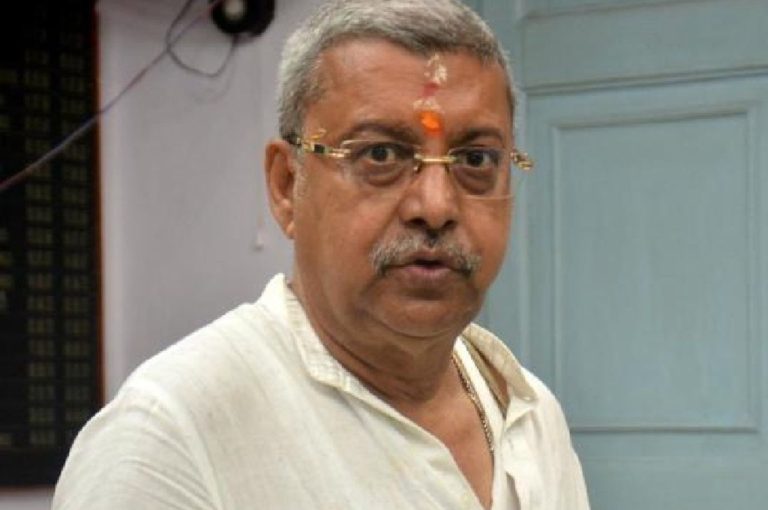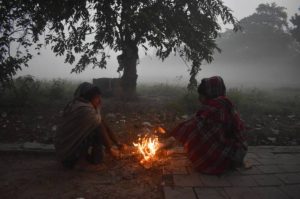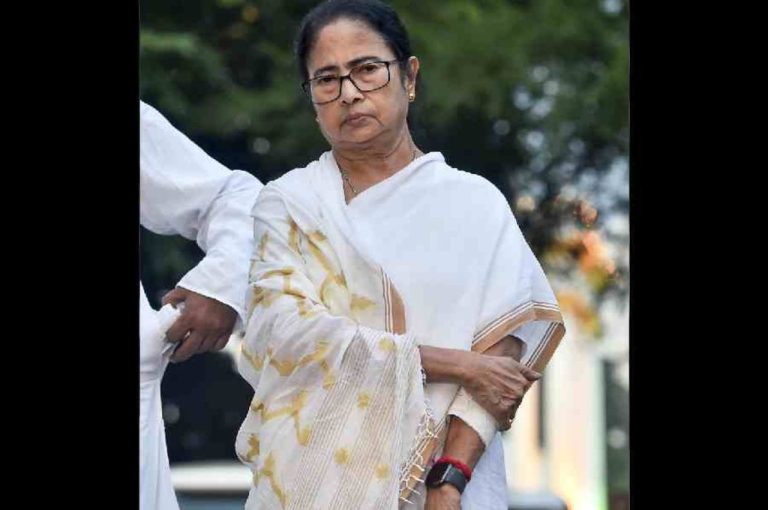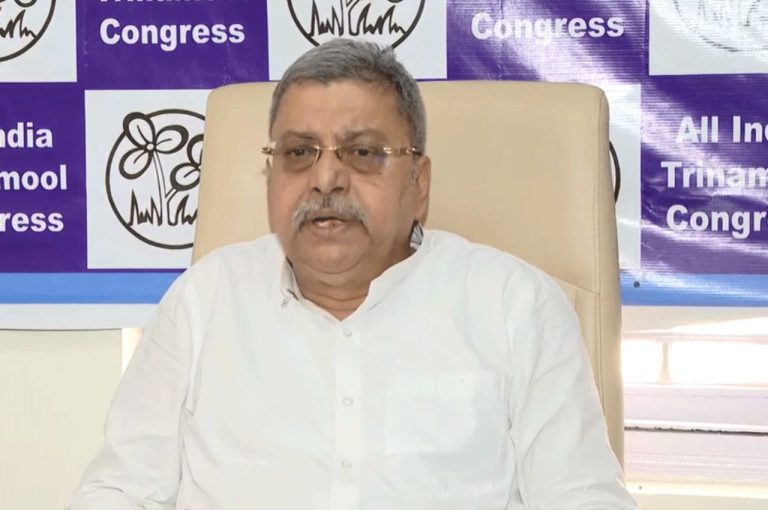A recent seminar on the Bhagavad Gita at Kuvempu University became a platform for academic, cultural, and ideological discussion after members of the Dalit Sangharsha Samiti staged a protest on campus. The event, intended to explore philosophical interpretations of the sacred text, drew diverse reactions from students, faculty, and external organisations. Addressing the situation, the Vice-Chancellor remarked that such protests are themselves part of a healthy democratic conversation. His statement emphasised that universities must remain spaces where differing opinions can coexist. The incident has ignited debates on freedom of expression, inclusivity, and the role of public universities in facilitating discourse.
Several departments have begun informal consultations to better understand the concerns raised by the DSS and similar student bodies. Faculty members from sociology, literature, and political science have expressed that the university must consciously build platforms where marginalised communities feel seen, heard, and academically represented. They argue that a seminar on any classical text must be situated within a pluralistic pedagogical approach, ensuring that such events do not inadvertently reinforce cultural hierarchies. This internal review, though preliminary, reflects a growing acknowledgment within the university that academic programming must evolve continuously to reflect India’s socio-political complexity and shifting student expectations.
Observers also note that the incident has drawn attention to how universities across the country manage ideological differences. They highlight that dissent is not merely an obstacle but a sign of vibrant intellectual life. In many Indian institutions, protests often act as catalysts for institutional reflection, pushing administrators to reassess long-standing norms. Kuvempu University’s handling of the DSS protest—neither dismissing nor suppressing it—has been cited as an example of a nuanced approach. Critics, however, argue that acknowledgment alone is insufficient unless accompanied by structural and curricular reforms that promote long-term inclusivity, representation, and equitable access to discourse.
Faculty unions and student councils have begun proposing frameworks for future academic events to ensure broader participation. Suggestions include pre-seminar consultations with diverse student groups, transparent communication of event objectives, and optional feedback sessions following major academic programs. These measures aim not to dilute academic freedom but to strengthen the legitimacy and relevance of university-hosted discussions. By incorporating student insights at various stages, the administration can build a more anticipatory model that reduces friction and promotes trust. Advocates of these reforms believe they can make academic environments more accessible while preserving critical, rigorous scholarship.
Meanwhile, some commentators caution that excessive regulation of academic events could stifle spontaneity and intellectual independence. They argue that universities must walk a careful line between inclusion and over-correction. If committees and procedures become too rigid, they warn, organisers may become hesitant to host seminars on complex or sensitive topics. Such hesitation could ultimately limit students’ exposure to challenging ideas. They urge administrators to adopt flexible guidelines that foreground inclusivity but avoid bureaucratic rigidity. According to them, healthy academic environments thrive when organisers feel empowered to explore diverse themes without fear of controversy or administrative blowback.
The incident has also prompted renewed discussions about the place of classical texts in modern higher education. Some scholars argue that scriptures like the Bhagavad Gita should continue to be studied for their philosophical and literary value but must be contextualised within socio-historical frameworks that acknowledge caste, power, and marginalisation. Others believe that over-politicising such texts risks diminishing their universal insights. This conceptual tension reflects the diverse academic identities of a contemporary student body. Ultimately, many scholars assert that a balanced approach—one that neither romanticises nor dismisses ancient texts—is essential for meaningful, relevant learning.
Amid ongoing debates, the Vice-Chancellor has reiterated the university’s commitment to fostering an environment where learning arises not only from lectures but also from contestation and dialogue. He expressed hope that the seminar and subsequent protest would inspire students to think more deeply about the texts they study and the society they inhabit. By encouraging conversations that bridge ideological divides, the university aims to cultivate graduates who are intellectually flexible, socially aware, and comfortable navigating complexity. As the campus gradually returns to routine, the incident continues to echo in classrooms and corridors, shaping the university’s evolving approach to academic engagement and inclusivity.
Campus Reactions Reflect the Diversity of Opinion
The Vice-Chancellor explained that universities are naturally contested spaces where ideas will collide, evolve, and sometimes challenge institutional norms. He noted that the DSS protest should not be viewed as disruptive but as an expression of intellectual participation. According to him, academic events like the Bhagavad Gita seminar often become catalysts for wide-ranging conversations about caste, history, faith, and interpretation. Students echoed mixed sentiments: some felt the protest was a necessary reminder of marginalised voices, while others viewed it as an interruption to scholarly discussions. However, many agreed that such incidents encourage deeper engagement with the themes the seminar sought to explore.
Several faculty members emphasised that the seminar’s objective was educational rather than religious. They noted that the Bhagavad Gita, like many classical texts, carries philosophical and historical significance that warrants academic scrutiny. The protest, they argued, indicates the importance of contextualising scriptures within contemporary social frameworks. Faculty also highlighted that meaningful learning occurs when debates are brought into the open rather than avoided. They expressed confidence that Kuvempu University can continue to uphold a balanced environment where critical inquiry thrives alongside respect for diverse identities and beliefs.
For members of the Dalit Sangharsha Samiti, their demonstration was not directed against the study of the text itself but against what they perceived as repeated emphasis on certain religious traditions within public institutions. They argued that academic spaces should ensure equal representation of multiple cultural and social perspectives. Their protest, they stated, aimed to draw attention to this imbalance and initiate conversations about inclusivity. The DSS members reiterated that their stance remains rooted in democratic values, and peaceful expressions of dissent are essential for protecting the interests of historically oppressed communities.
Students who attended the seminar shared that the Bhagavad Gita discourse covered wide themes such as leadership, morality, conflict resolution, and spiritual introspection. They noted that the protest outside indirectly contributed to their understanding by highlighting how interpretations of classical texts vary across social groups. Some students expressed gratitude that Kuvempu University allows such open expression, stating that such moments serve as living examples of democracy in action. Others admitted feeling uncomfortable but acknowledged that discomfort often precedes growth, especially in educational environments shaped by pluralistic viewpoints.
The Vice-Chancellor further stated that the institution does not seek to suppress dissent but to integrate it productively into academic life. He added that protests, if peaceful and respectful, foster richer academic outcomes by compelling organisers and participants to broaden their perspectives. According to him, the university plans to hold follow-up sessions to address concerns raised by the DSS and to ensure that future seminars reflect an even wider range of voices. He urged all students and stakeholders to maintain mutual respect while embracing the rigour of open debate.

Calls for Inclusive Dialogue Shape the Path Forward
The incident has prompted many departments within the university to revisit their guidelines for organising academic events. Some faculty members have proposed that future seminars include panels representing multiple ideological and socio-cultural viewpoints. They believe such inclusive planning can pre-empt misunderstandings while ensuring that academic spaces mirror India’s complexity. These discussions have also led to suggestions for interdisciplinary events where literature, sociology, political science, and philosophy students collectively examine classical texts from varied angles, enriching academic exploration and bridging social divides on campus.
Activists and scholars outside the university have responded by urging similar institutions to view the event as a learning opportunity. They argue that the Bhagavad Gita seminar and the protest together demonstrate the dynamic nature of Indian academia. According to them, the responsibility of universities is not merely to disseminate knowledge but to facilitate equitable dialogue. They emphasised that India’s intellectual heritage thrives when contested ideas are examined critically rather than silenced. Many urged the administration to create more spaces where marginalised communities can participate in shaping academic narratives.
Some commentators also pointed out that the debate surrounding the seminar reflects larger national conversations about identity, tradition, and interpretation. They argue that India’s educational institutions are increasingly becoming arenas where these issues play out in real time. Kuvempu University’s approach—acknowledging protest as part of dialogue—was appreciated by several academics who feel that authoritarian responses to dissent stunt intellectual growth. They suggested that such engagement could become a model for other universities navigating similar tensions between traditional scholarship and modern social justice movements.
Students groups on campus are now planning follow-up activities, including open forums, debate circles, and reading groups that examine the Bhagavad Gita alongside texts from diverse traditions. Their intention is to encourage dialogue that is not limited to a single event or department. Many believe that such student-led initiatives can help build a culture of empathy and inquiry. These activities aim to ensure that academic discussions are inclusive and avoid inadvertently reinforcing social hierarchies. The university administration has expressed openness to supporting such student-led efforts.
As the debate continues, several experts have stressed that public universities must balance academic freedom with sensitivity to social contexts. They caution that any text, however revered, must be studied with awareness of its historical and contemporary implications. They encourage universities to adopt frameworks that allow critical interpretations while acknowledging emotional and cultural dimensions. They argue that such a balanced approach promotes holistic understanding and prevents scholarship from becoming detached from lived realities.
Conclusion
The Bhagavad Gita seminar at Kuvempu University and the DSS protest accompanying it have together sparked a broader conversation on academic freedom, inclusivity, and the role of dissent. The Vice-Chancellor’s assertion that protest is part of discussion underscores the institution’s commitment to democratic engagement. As students, scholars, and activists weigh in, the event has become a catalyst for introspection within the university community. By embracing diverse perspectives and fostering respectful dialogue, Kuvempu University stands poised to strengthen its academic culture while honouring the pluralism that defines India’s intellectual landscape.
Follow: Karnataka Government
Also read: Home | Channel 6 Network – Latest News, Breaking Updates: Politics, Business, Tech & More

